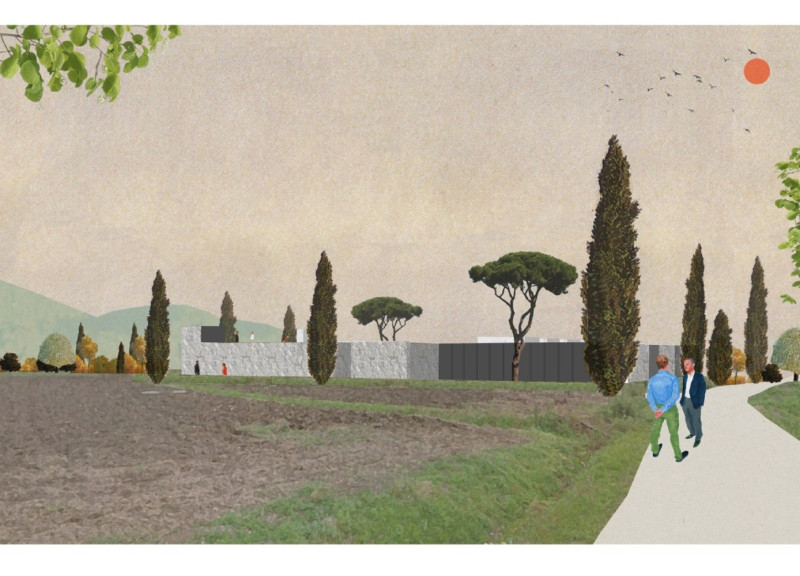5 key facts about this project
At its core, the project represents a confluence of innovative architectural approaches and a commitment to sustainability. The design reflects an understanding of local climate conditions, utilizing passive design strategies to enhance energy efficiency. Large windows and strategically placed overhangs allow for natural light penetration while minimizing heat gain, embodying the core principles of sustainable architecture.
The primary function of the building is [insert function], which informs many of the design decisions throughout the project. The layout is open and fluid, allowing for adaptability in its use. This flexibility is crucial, as it ensures that the space can be reconfigured to meet the evolving needs of its occupants. Inherent in the design is a focus on creating communal spaces that encourage interaction and engagement, fostering a sense of community among users.
Materiality plays a significant role in the overall aesthetic and functional performance of the architecture. A careful selection of materials enhances not only the visual impact but also the sustainability aspect of the project. The use of local stone and reclaimed timber reflects a commitment to the environment and ties the structure to its physical context. Additionally, eco-friendly materials such as low-VOC paints and sustainable insulation contribute to a healthier indoor environment. Other materials that deserve attention include [insert additional materials such as steel, glass, concrete, etc.], each chosen to support the project’s structural integrity while harmonizing with the overall design ethos.
Unique design approaches characterize this project, as seen in [insert specific design elements or features]. These may include innovative roof designs that incorporate rainwater harvesting systems, green walls that enhance biodiversity, or the use of solar panels that underscore the project’s dedication to reducing its carbon footprint. Such features not only elevate the architectural narrative but also serve practical purposes, aligning with contemporary demands for responsible design practices.
The relationship between the building and its surroundings has been carefully considered as well. The project integrates with the landscape through well-defined pathways, native plantings, and outdoor gathering areas that encourage users to engage with the natural environment. This connection is essential in promoting not only a sense of place but also contributing to the wellbeing of its community.
As one explores the architectural plans, sections, and various design elements, the intention behind the project becomes increasingly clear. The architecture is not merely a physical structure; it is a manifestation of ideas, values, and aspirations that resonate with its users and the broader context. It invites users to inhabit and interact with the space in meaningful ways.
For those interested in a deeper exploration of this architectural endeavor, reviewing the detailed architectural plans, sections, and overall design concepts will provide valuable insights into the project. This thorough analysis reveals not just the surface elements of design but also the thoughtful consideration of each layer, enriching one’s understanding of how architecture can respond to contemporary challenges while remaining deeply rooted in its locale.


























